Guten tag 🗺️
Seven elements of world building🪄
How to sneak world building into your story✍️
Resources/fact check 📋
TTS giveaway! 🎁
1. Guten tag
Hello there, #TeamCuriosity, and welcome to this week’s topic: world building!
Whew, this is a big one. Such a big one, in fact, that we’ve put it off for three seasons. We could have an entire season dedicated to this topic, but since it’s often requested by listeners, we figured we’d do out best to squish it into an hour. In the words of our bestie Edward Cullen, hang on tight there, spider monkey!
2. Seven elements of world building
Lyssa frames this week’s discussion around 7 elements of your world—your setting and all it encompasses—you should consider for your world building. Let’s cut right to them.
Worldview: As this resource points out, this is the most crucial aspect of world building. If your world seems like a bunch of cool things taped together, with no coherent through line, you probably haven’t incorporated worldview. And what is world view? It’s what your story’s about, as seen through your main character’s eyes. It’s the theme, the heart of the tale. For Disney’s Beauty and the Beast, for example, the story is about
happy servants shaped like kitchen objectsthe transformative power of love, and the importance of looking beyond appearances. And how does this theme impact the setting? The beast’s castle is initially a dark, cold, lonely, and frightening place, much like the beast itself. But over time, Belle grows to find the beauty in the castle (looking beyond appearances) and grows to love it (much like the beast. Also, her presence lets a bit of light in, transforming the castle itself (the transformative power of love). Thus, the setting itself is riding that third rail of emotion and depth and STORY.
History: In this episode, we make the argument that all fantasy settings position themselves somewhere in history, whether consciously or unconsciously. Even if they’re not historical fantasies. Even if the author never researched a damn thing about history. If you borrow elements from different time periods in history, you will inevitably confuse your reader, even in a second world fantasy. For example, in Beauty and the Beast, if the castle had electricity and phones, yet Belle took a carriage there, we might feel pulled from the story. History is your friend. Borrow from it. Embellish it. Use it to aid your world building.
Values: What values to the characters in your story possess, not only on an individual level, but as a whole? Even if you write contemporary, it’s worth considering: what values define your mc’s workplace? Their soccer team? Their family? Of course, this is even more important in fantasy, when we can’t lean on a shared understanding. If you’ve invented a new culture, what values define it? And how did those values come to be? Going back to Beauty and the Beast, let’s consider the household staff. They display the shared values of hope, loyalty, kindness, nurturing, and selflessness. These elements are crucial to the story, as they are Belle’s lifeline when the Beast thrusts his (I saw what you did there, romance authors) cold, dark world upon her. The staffs’ values also give insight into who the Beast once was, and who he might be again. They are cogs in the wheel that is the theme of the story: the transformative power of love.
Government/Economy: Who holds the power in your story? This doesn’t need to be the actual government, and the economy doesn’t need to refer to actual money, but what is the currency? Power? Influence? Magic? In Beauty and the Beast, it’s the Beast’s castle, and he’s the boss of the servants. It’s also his fault that they’re all cursed. Bad boss, y’all. But Gaston holds another form of power. He’s of high social status (not as high as the beast, but far more popular). He feels entitled to Belle, and the world is such that there’s a real chance of him getting what he wants, despite her wishes.
Social Organization: How is your Society organized? Does your contemporary have cliques, or a queen bee? Is your second world fantasy individualistic or group oriented? Why? How does that reflect the worldview, the values, and the setting?
Art and Culture: Foods, traditions, customs, vacations, clothing, home setup and, in the words of Emily Taylor, WHY? What sort of art is valued in the society you’ve either built or are highlighting? If your book takes place in a contemporary coffee shop, what’s on the walls? Are the lattes served in paper cups or mugs? Are the walls maximalist or minimalist? Art is such an important part of movies like Beauty and the Beast, it’s almost not a fair comparison, because the visual elements of the movie are artistic in and of itself. And beyond art, are there cultural traditions and quirks that are unique to your world, embedded in their values? Think of the infamous salute in The Hunger Games. Suzanne Collins made it up! And it’s brilliant and a symbol of solidarity that now spans far beyond the books.
Education: What sort of education (or lack thereof) do your characters have? Do they value education, and if so, what sort? In Game of Thrones, we see the gender differences in education (needlework versus weaponry). And in Beauty and the Beast, Belle is self-educated through reading, and that’s an important interest and value to her. The Beast gifting her the library (and revealing his own extensive reading) is an important part of the romance, too.
(Bonus!) Religion (kind of optional, worth considering): Is there religion in your world? If so, how does it manifest itself? When do you see it? How does it inform your character’s values, and how does it/is it influenced by the setting?
3. How to sneak world building into your story
This discussion starts around the 49 minute mark of the episode, but here are some highlights:
Use the five senses. What are my characters seeing, hearing, smelling, feeling, and tasting? This is a surefire way to deepen your setting, which is where you showcase your world building. Sneaking in world building by letting your readers experience your world through your character’s lens—primarily through their senses.
Use side characters: Rather than have your side characters be from the same place/culture/team/aspect of world, vary them, if the story allows it! Let your reader learn of different aspects of culture, or religion, or education in order to low key expand your world.
Theme: Emphasize your theme through setting as often as possible.
Feeling: If shit’s about to go down, and you want emotional tension, dig into your world building for some powerful metaphors. Use those senses, use that setting, and ride that third rail while also deepening your world.
4. resources/fact check 📋
Lyssa mentions this world building article and website that discusses culture. This inspired four of the components on our list, along with the importance of worldview.
More importantly, here is Emmett bringing a bag of eggs to the cafeteria.
4. TTS giveaway!
Keeping this here for one more week!
Because we’re all sorts of excited and want to share our joy with the very best (you), we’re giving away three id list journals. If you’re not familiar with the concept of the id list, you can check it out here. And if you’d like to enter to win your own beautiful, bulleted id list notebook, reply to this email or leave a comment on substack saying “chocolate!”
U.S. entries only (sorry, but our international mail has like a 80% chance of failure).
That’s all for today! Thanks for listening—and/or reading!


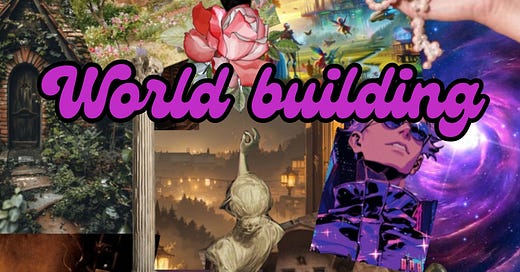




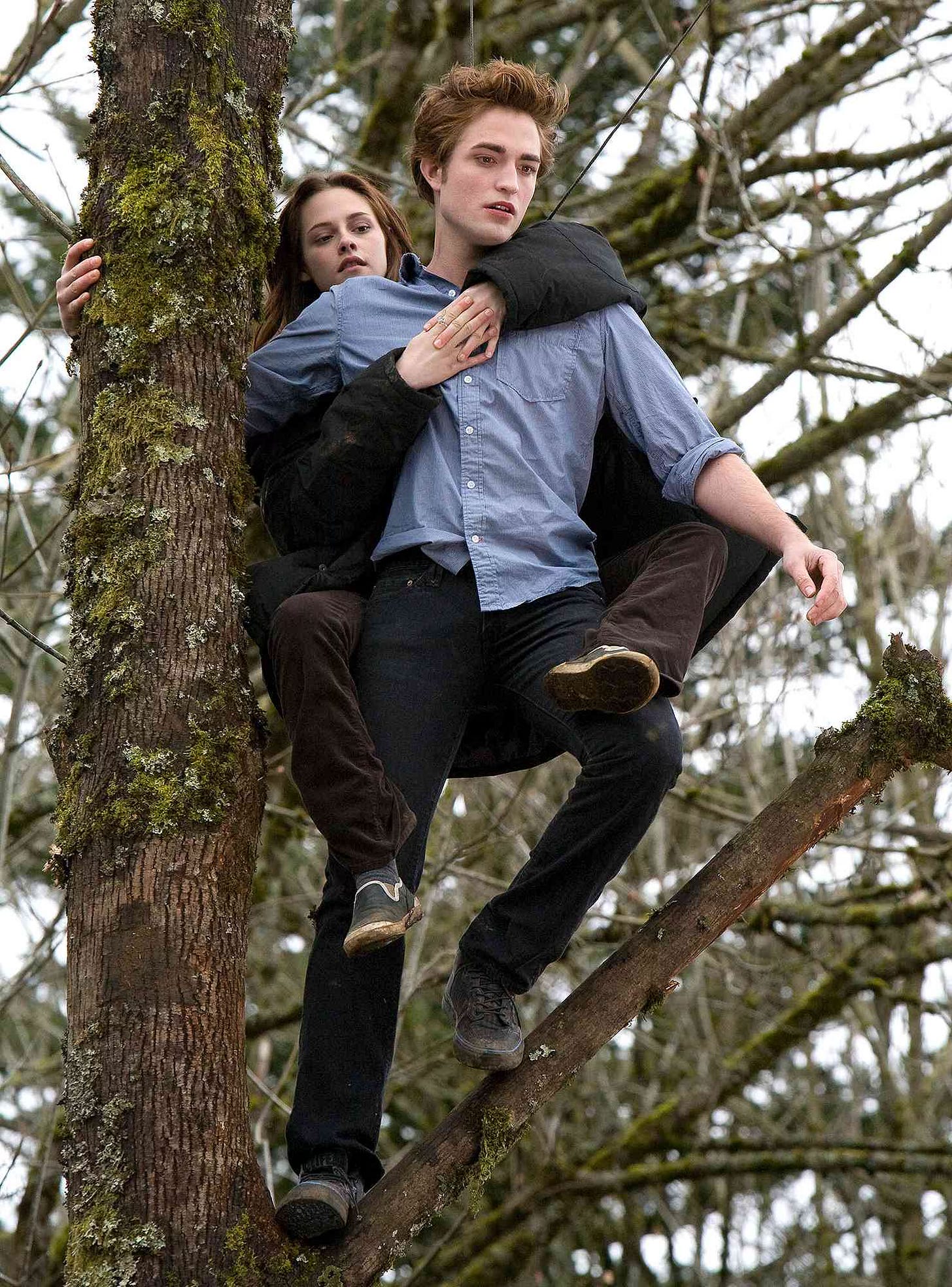
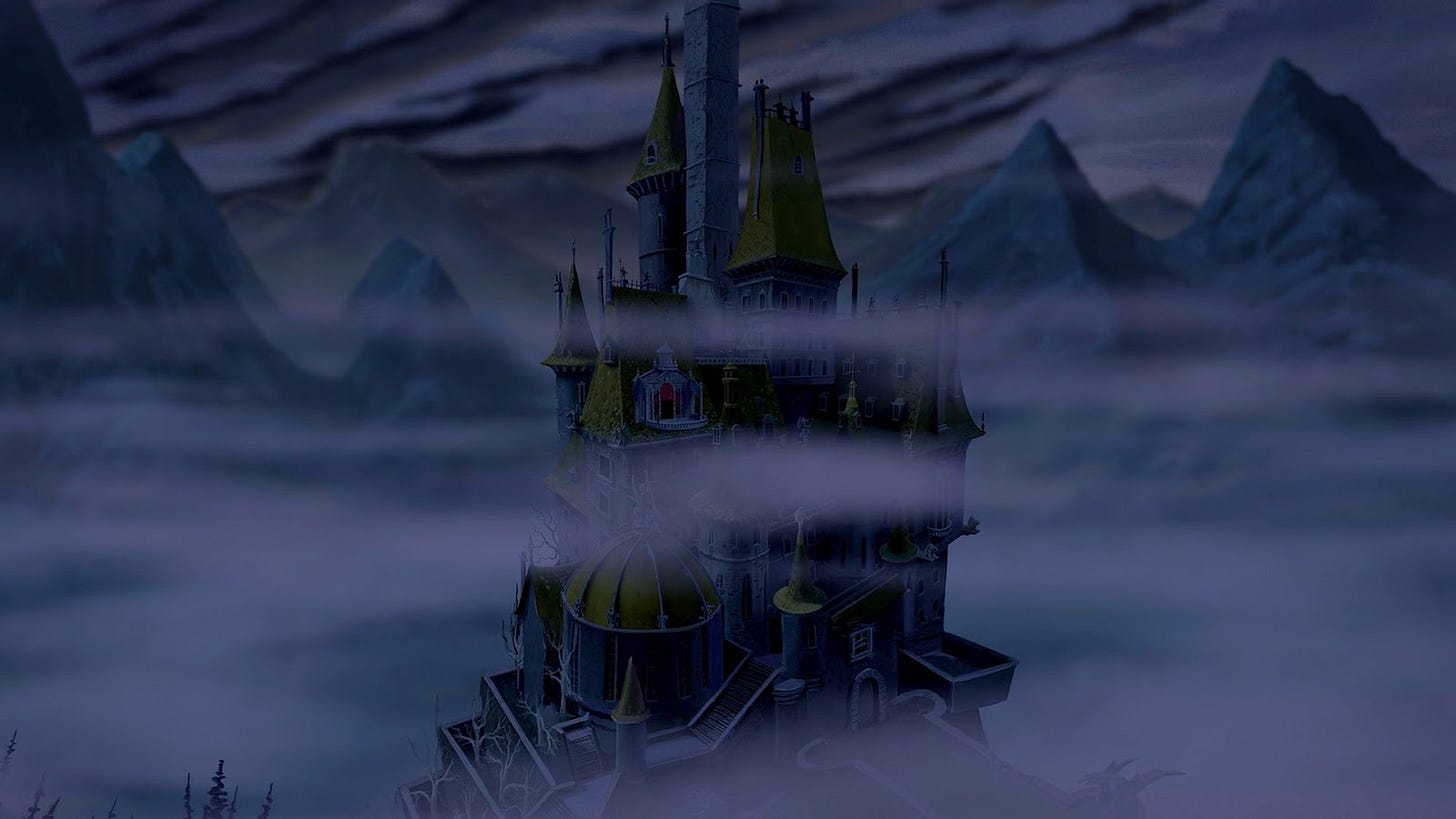
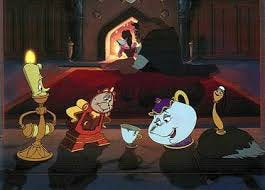

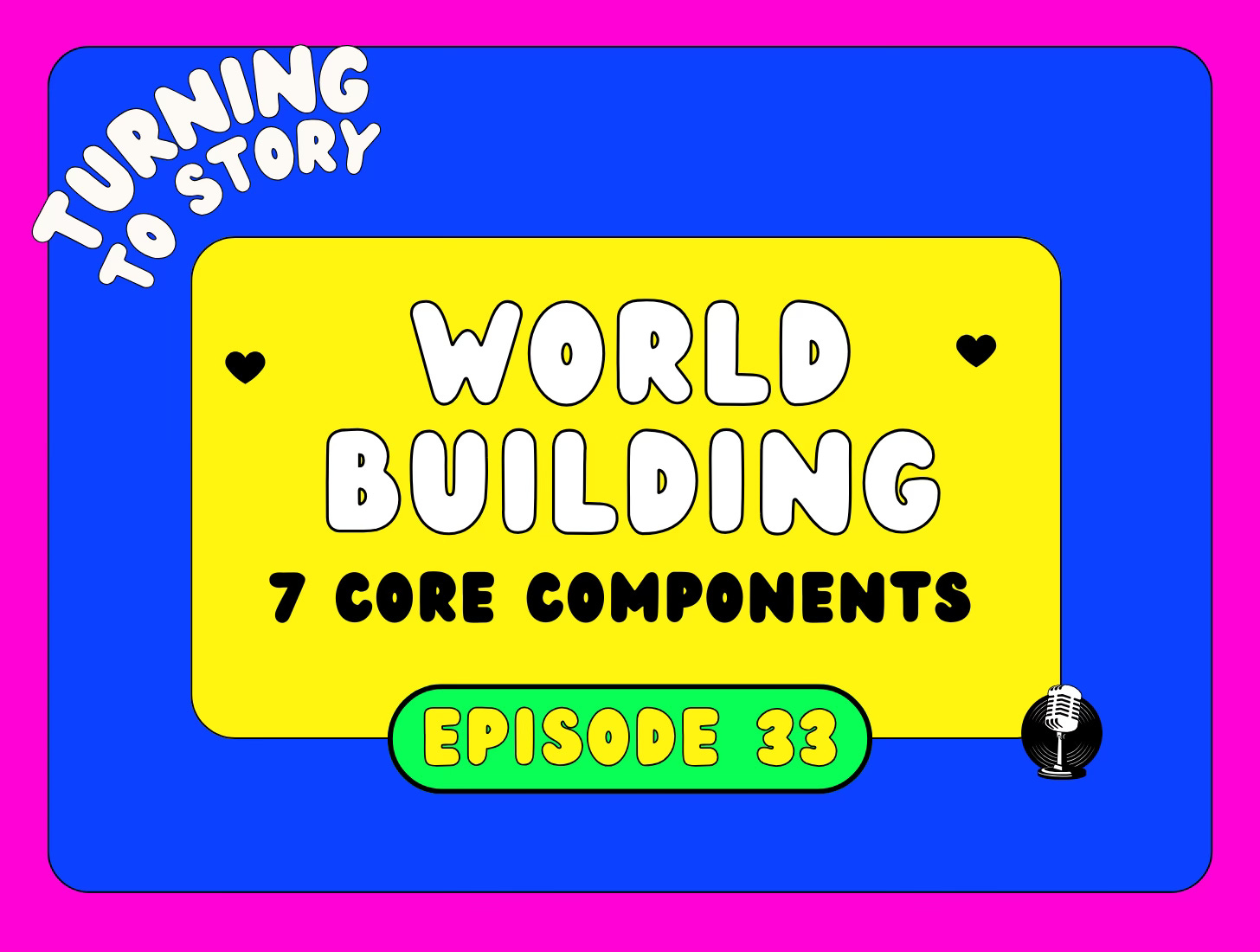
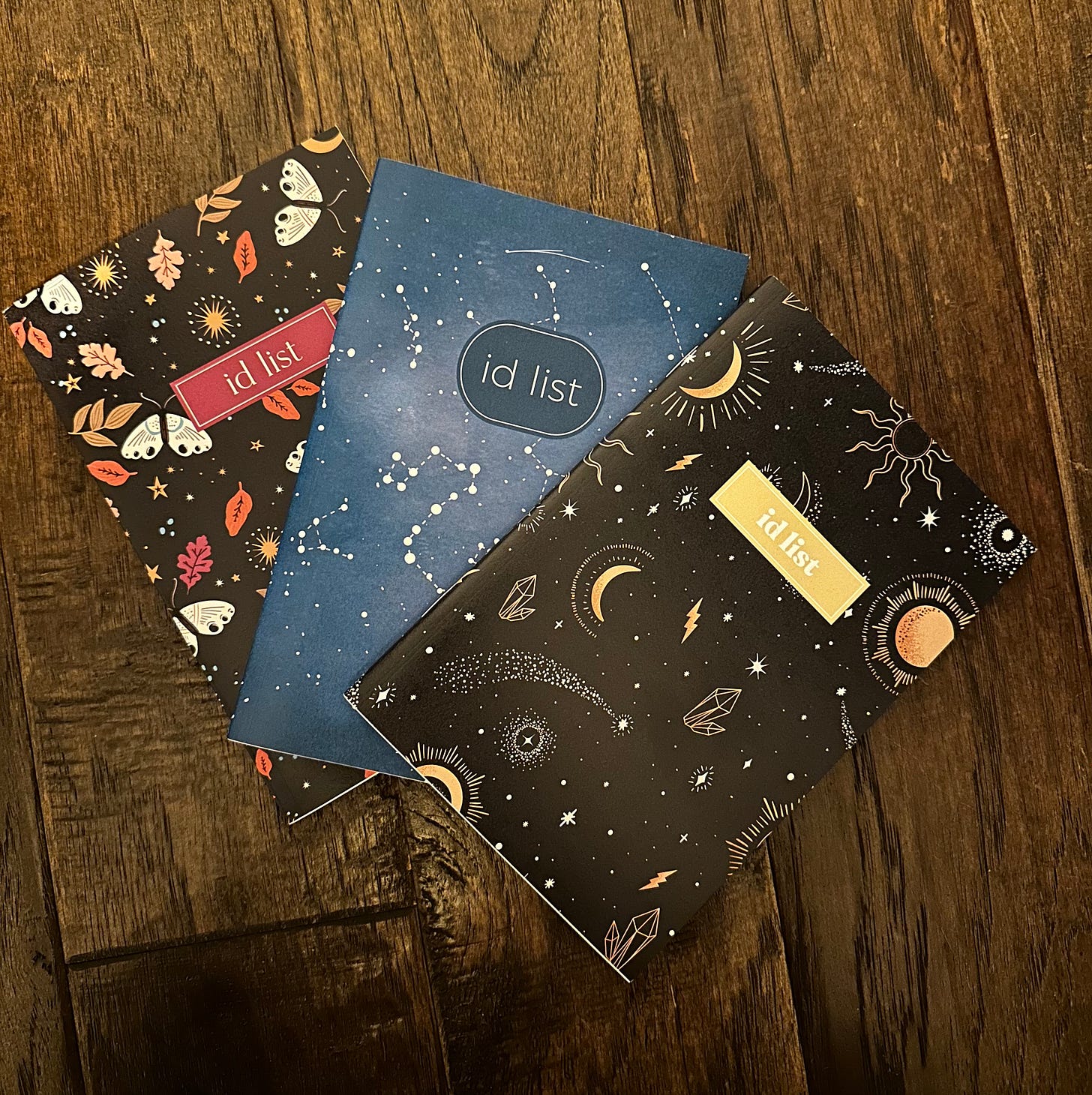
Chocolate!
Chocolate! ♥️ listened to this episode on my commute this morning and thanks to both of you, my brain was FLOODED with a million* world-building ideas for my contemporary WIP. I’m excited to dive in on my lunch break!
(* okay it was like two, but that’s two more than I had yesterday)